Top speed 105 km/h Wingspan 16 m | Length 10 m | |
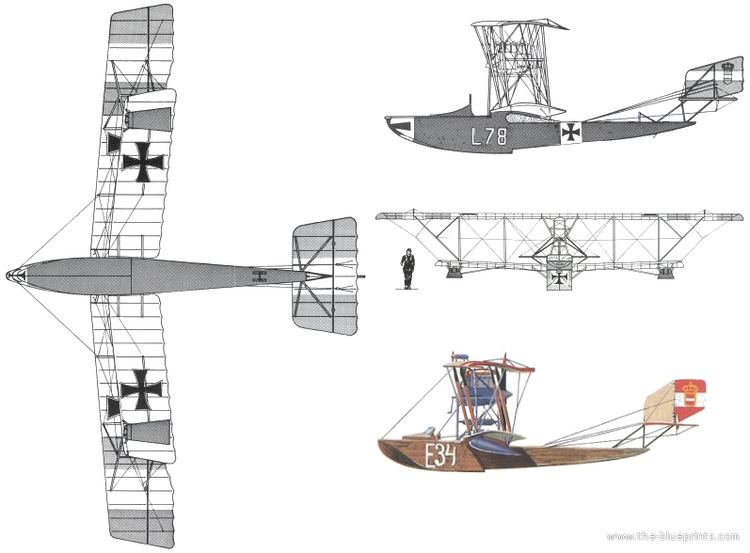 | ||
Manufacturers Aermacchi, Ufag, Lohner-Werke, Hansa-Brandenburg | ||
Lohner l
The Lohner L was a reconnaissance flying boat produced in Austria-Hungary during World War I. It was a two-bay sesquiplane of typical configuration for the flying boats of the day, with its pusher engine mounted on struts in the interplane gap. The pilot and observer sat side by side in an open cockpit, and both the upper and lower sets of wings featured sweepback.
Contents
- Lohner l
- Lohner l 125 bj 1955
- Development
- Operational history
- Variants
- Operators
- Specifications Lohner L
- References
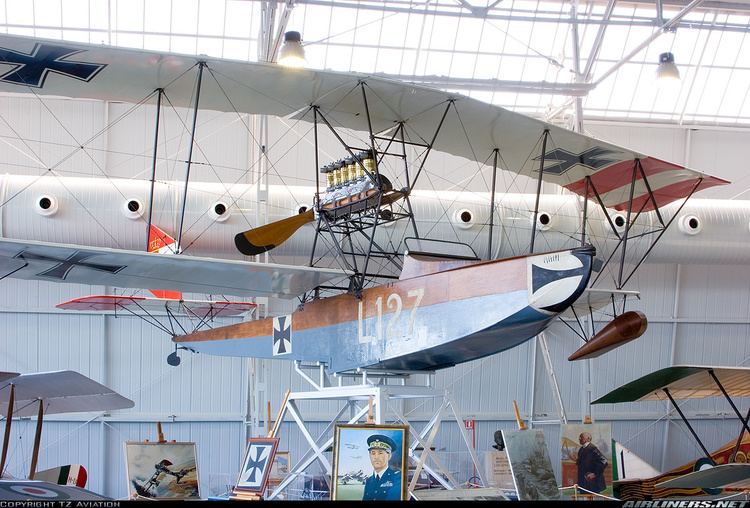
Lohner l 125 bj 1955
Development

The design was essentially a more powerful version of the Lohner E, and became highly influential. Apart from licensed production by UFAG, the L provided the basis for designs by other major manufacturers. In Germany, Hansa-Brandenburg manufactured a modified version of it as their first flying boat, the FB, and in Italy, a captured example was used as a pattern aircraft by Macchi, who produced it as the L.1. In turn, the L.1 would provide the foundation for a large number of Macchi designs over the coming years.
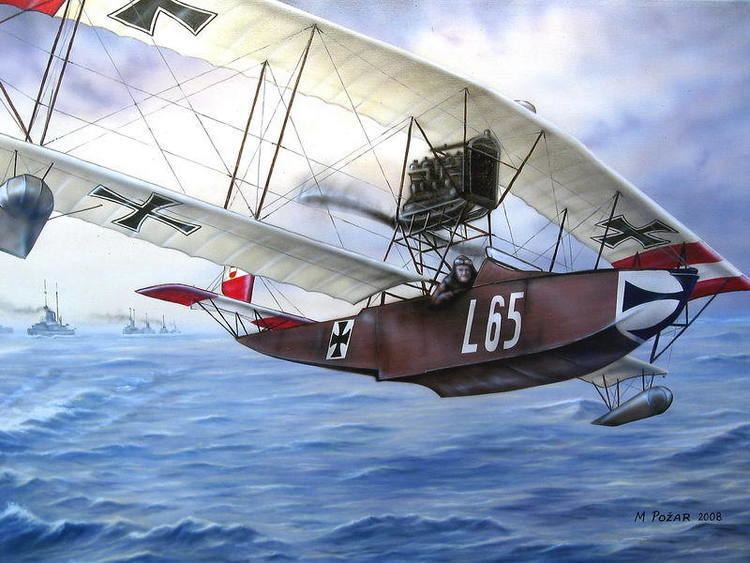
The captured aircraft (serial L.40) was taken intact near the naval air station of Porto Corsini. The captured flying boat was copied by Macchi-Nieuport and the L.1 was built within a month. The L.1s were delivered to Italian maritime Reconnaissance and bombing units based on the Adriatic. An improved version was developed as the Macchi L.2
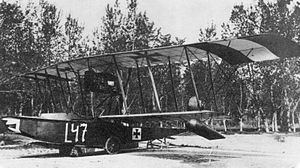
A restored example of an Austro-Hungarian Lohner L (serial L.127) is preserved at the Italian Air Force Museum at Vigna di Valle.
Operational history
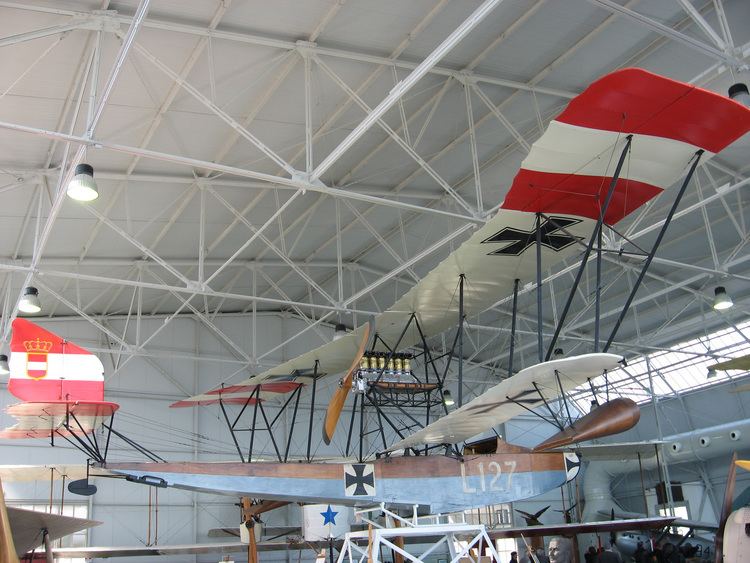
Lohner seaplanes saw extensive use before and during World War I, and those aircraft that survived the war served for several years. Some important and interesting events are related, such as:
Variants
Operators
Specifications (Lohner L)
General characteristics
Performance
Armament
